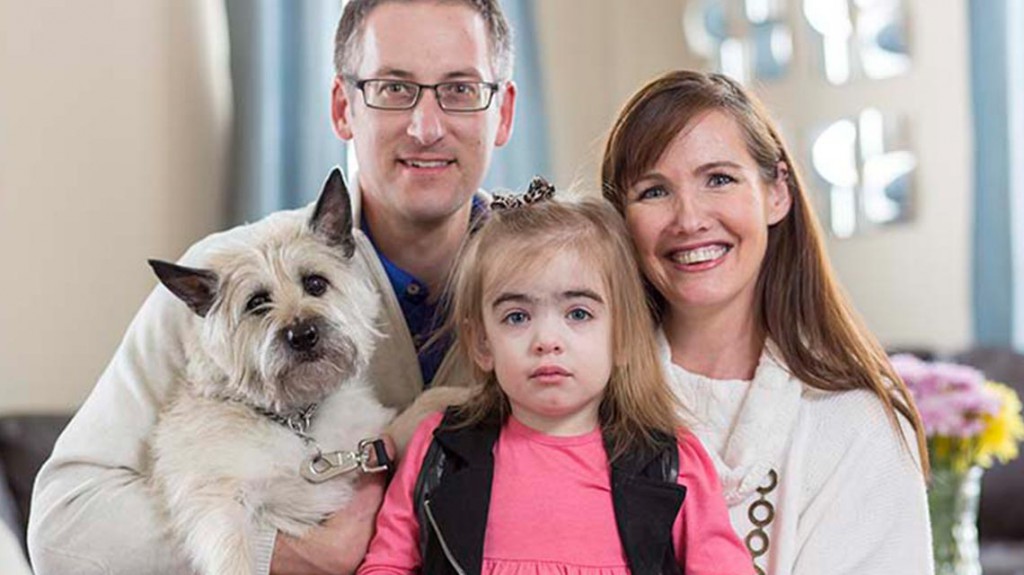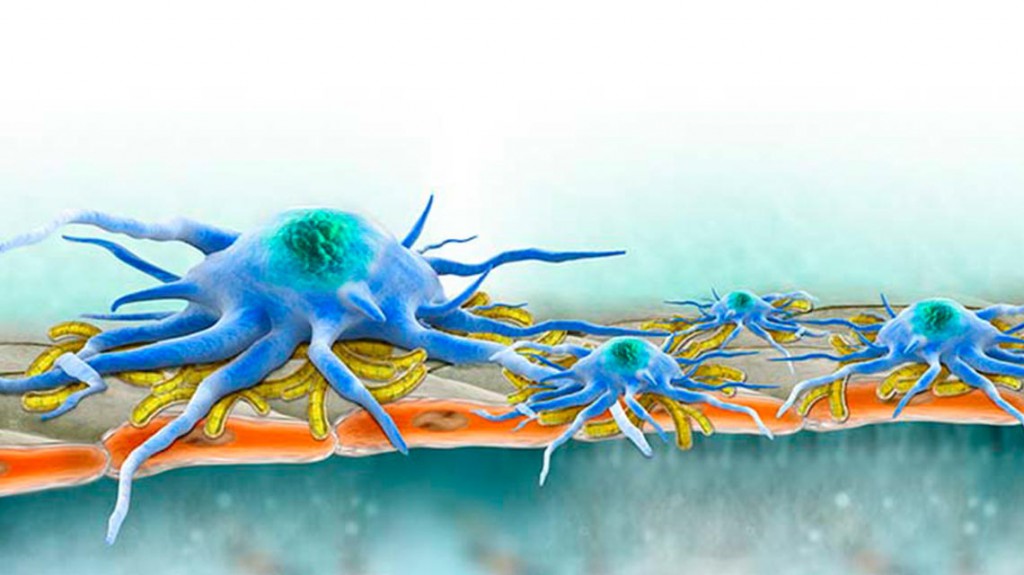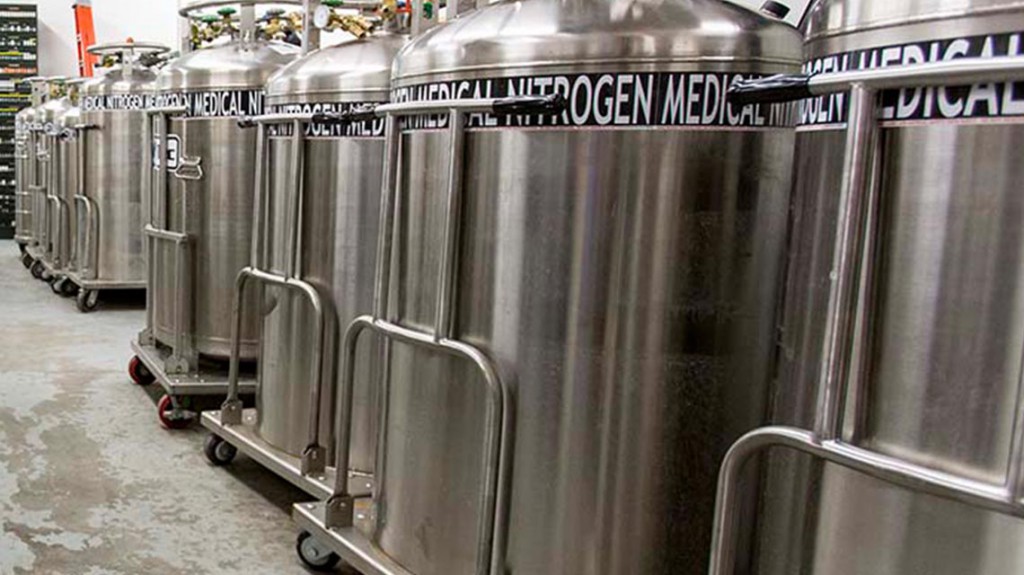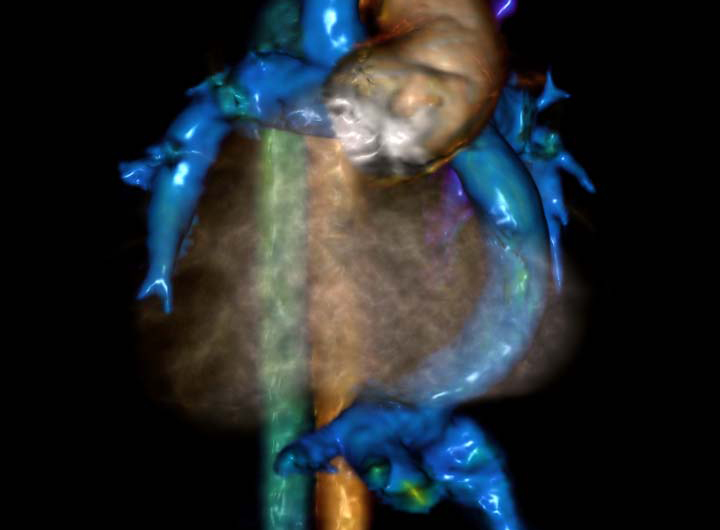Technology Expands Access to Translational Medicine
Technology Expands Access to Translational Medicine https://pediatricsnationwide.org/wp-content/themes/corpus/images/empty/thumbnail.jpg 150 150 Abbie Miller https://pediatricsnationwide.org/wp-content/uploads/2023/05/051023BT016-Abbie-Crop.jpgWhen primary care physicians, specialists and all the lab work in their arsenal fail to provide a diagnosis for debilitating symptoms, patients earn the label of “undiagnosed.” These undiagnosed patients wait with unresolved symptoms for medical research to catch up with them. The Undiagnosed Diseases Program (UDP) at the National Institutes of Health sees 120-150 previously undefined…






